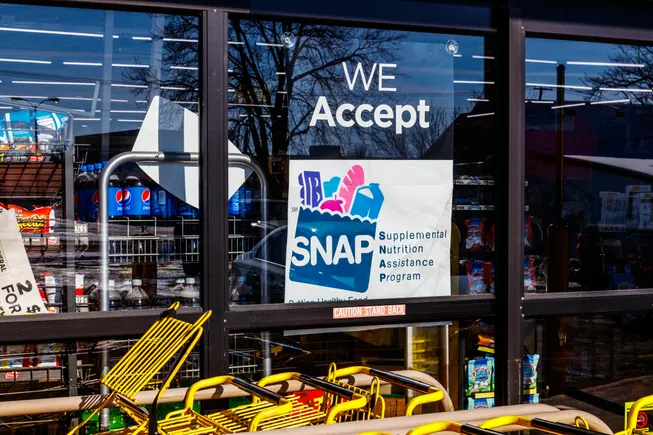Key Points:
- According to a report from the National Association of Convenience Stores, National Grocers Association, and FMI – The Food Industry Association, retailers are facing upfront costs of around $1.6 billion to implement new SNAP purchasing restrictions.
- Convenience stores are expected to bear the highest costs ($1 billion), followed by grocers ($305.1 million), supercenters ($215.5 million), and small-format stores ($11.8 million).
- Food retailers are projected to incur nearly $760 million in annual ongoing compliance costs, with grocers accounting for over $281 million of that amount.
Insight:
The shift towards giving states more control over SNAP benefits is causing significant challenges and costs for food retailers, including technology updates, system upgrades, and increased labor needs.
The proposed restrictions are expected to create operational difficulties for retailers and customers if not implemented with clear guidance and adequate time.
States are increasingly seeking approval from the USDA to enforce state-level restrictions on SNAP purchases, with 12 states granted waivers so far.
Despite convenience stores bearing the brunt of the costs due to their widespread presence, smaller stores are likely to face the most severe financial impacts.
The report, based on a survey of members of the three trade groups, highlights the need for a more realistic timeline and clear definitions of restricted foods to help retailers successfully adapt to the new regulations.

